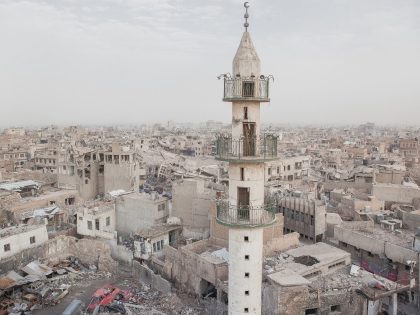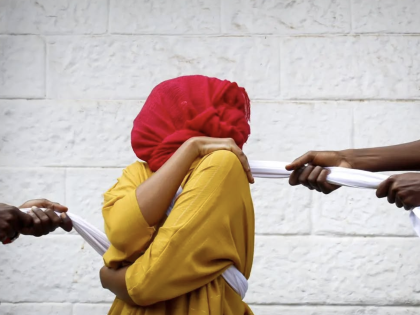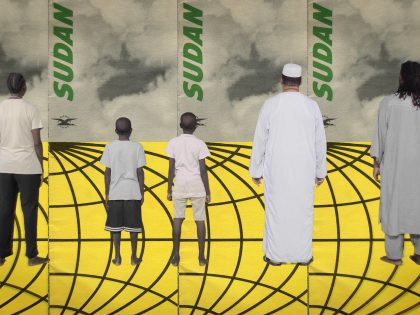Awkward is the New Black
Our short film of the creator and star of "Awkward Black Girl," Issa Rae, whose father is Senegalese and mother is African American and who spent part of her childhood in Dakar.

From the cover art for Rae's book, "The Misadventures of Awkward Black Girl," published in February 2015.
In 2012, Issa Rae, the American actress and writer, debuted her web series “The Misadventures of Awkward Black Girl” (also known as “ABG”), equal satire and romantic comedy. Over two seasons, Rae almost single-handedly built her army of 200,000 loyal Youtube followers (using cunning grass-roots social media strategies) and millions of viewers in a relatively short space of time. Part of ABG’s appeal, was that the show was a breath of fresh air in an era that offered very little in terms of African American television; it revolved around “a quirky, misanthropic main character, like Liz Lemon but with more melanin.” “ABG” struck a chord with viewers around the world (Rae’s global appeal may also be sourced to her own background: Her father is Senegalese—her mother is African American—and she spent part of her childhood in Dakar.)
In a recent profile in The New York Times Magazine, Issa Rae expressed her frustration with the snail-pace of television. Two years ago HBO hired her to create a pilot. That pilot, Insecure, finally wrapped shooting last week after what seemed like an eternity of development. Luckily she hadn’t slowed down and has continued to put out a steady stream of content, mostly made by others, out on her Youtube platform (she’s sorta morphed into a Shonda Rhimes of web series). She also wrote a memoir, also called The Misadventures of Awkward Black Girl, that became a hit and made the New York Times’ bestseller list.
From mid-2013 to mid-2014, I lived in Los Angeles and shot this short documentary as my University of Southern California thesis project, Awkward is the New Black, about Rae. In the film, I explore the journey of Rae’s web series, highlighting in particular how ABG (which started as a zero-budget exercise amongst friends) remedied the lack of complex representation of black characters on screen; and eventually became appointment viewing with the backing of Pharrell Williams. Without the gatekeepers of traditional TV, Rae was able to let her true voice flourish, and walked right into the gap that the big broadcast networks had left wide open. The documentary is a celebration of the series, and also a challenge to indie filmmakers to fully use the digital tools literally at their fingertips, so often taken for granted.



















